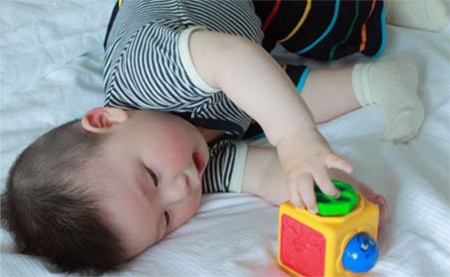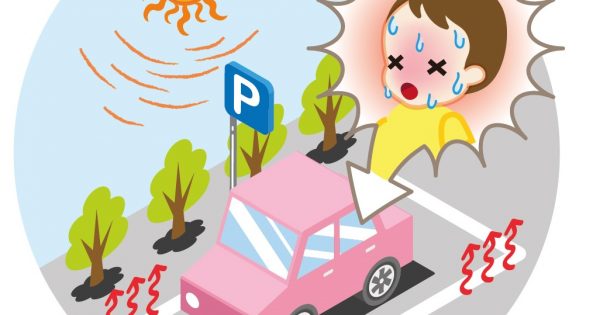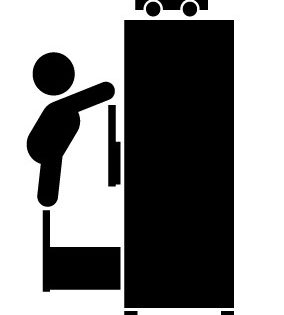Toys not only make up a very important part of good childhood memories, they also play a role in aiding a child’s development. However, toy-related injuries can occur.
While older children generally know how to use their toys, babies and kids younger than 3 years old may not know how to play with theirs safely. Toys may pose different potential safety hazards, such as choking and cut injuries, in the young and vulnerable group.
Therefore, be a ‘fussy’ parent when it comes to selecting toys for your child. Take every step to ensure your child’s toys are safe and appropriate for his age and developmental stage.
Toy Dangers to Watch Out
Here are some toys that you would want to keep away from your young child.
| Avoid | Hazards | Examples |
| Sharp edges and points | May accidentally cut, puncture or stab your child |
|
| Small objects | May pose choking hazards |
|
| Loud noise | May contribute to hearing damage |
|
How to Choose Safe Toys
The first step in choosing safe toys is to read the toy labels carefully, making sure that the toys:
- Are appropriate for your child’s age; toys made for older children may be dangerous in the hands of little ones.
- Are large enough so they won’t pose choking hazards.
- Don’t have cords or long strings that may pose strangulation hazards; the length should not exceed 30cm.
- If made from fabric, should be flame-resistant.
- If stuffed toys, should be washable, have no staples inside and sewn small parts are not easily removed.
- If painted, should be painted with lead-free paint and not flaking.
- Are not assembled with easily exposed pins, staples or nails.
- Are made from non-toxic materials.
Selecting Age-appropriate Toys
Toys not only should be safe, they should also be suitable for their age. When playing with safe and age-appropriate toys, your child is less exposed to toy dangers, and is able to enjoy playing and gain benefit from it.
0-6 months – Babies learn to reach and grasp what they see (eye-hand coordination). Suitable toys include light-weight rattles, squeaky rubber toys, busy boxes, and floating tub toys.
6-8 months – Babies can now hold small toys; they love to transfer toys from hand to hand. Toys they enjoy are such as light-weight fabric balls, pictures blocks, and mobile toys. (where baby can push around).
8-18 months – Babies begin to experiment with size, shape and space. Suitable toys are push/pull toys (eg wagon), blocks, rings on poles, shape sorters, simple take-apart toys, and picture books.
18-24 months – Toddlers enjoy pretend play. Parents may get dolls, kitchen/tea sets, play house, and toy cars (eg train sets, trucks) for their children.
2-4 years – Toddlers are developing skills in various areas. Parents can provide a variety of toys to aid children’s development, eg art supplies to help develop creativity, simple puzzles and construction sets to aid develop fine and gross motor skills, miniature basketballs and hoops and other outdoor equipments to train physical skills.
Figures & Facts
In the United States, there were an estimated 235,300 emergency department-treated injuries related to, but not necessarily caused by, toys in 2008.
- About 35% occurred in children younger than 5 years of age.
- The most commonly affected areas were the head and face, comprising 45% of the estimated injuries.
- There were 19 reported deaths associated with toys in children from 8 months to 9 years old.
Source: United States Consumer Product Safety Commission (US CPSC)







Comments